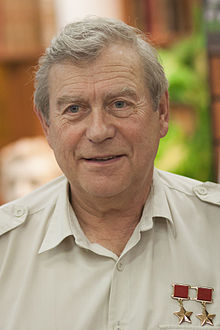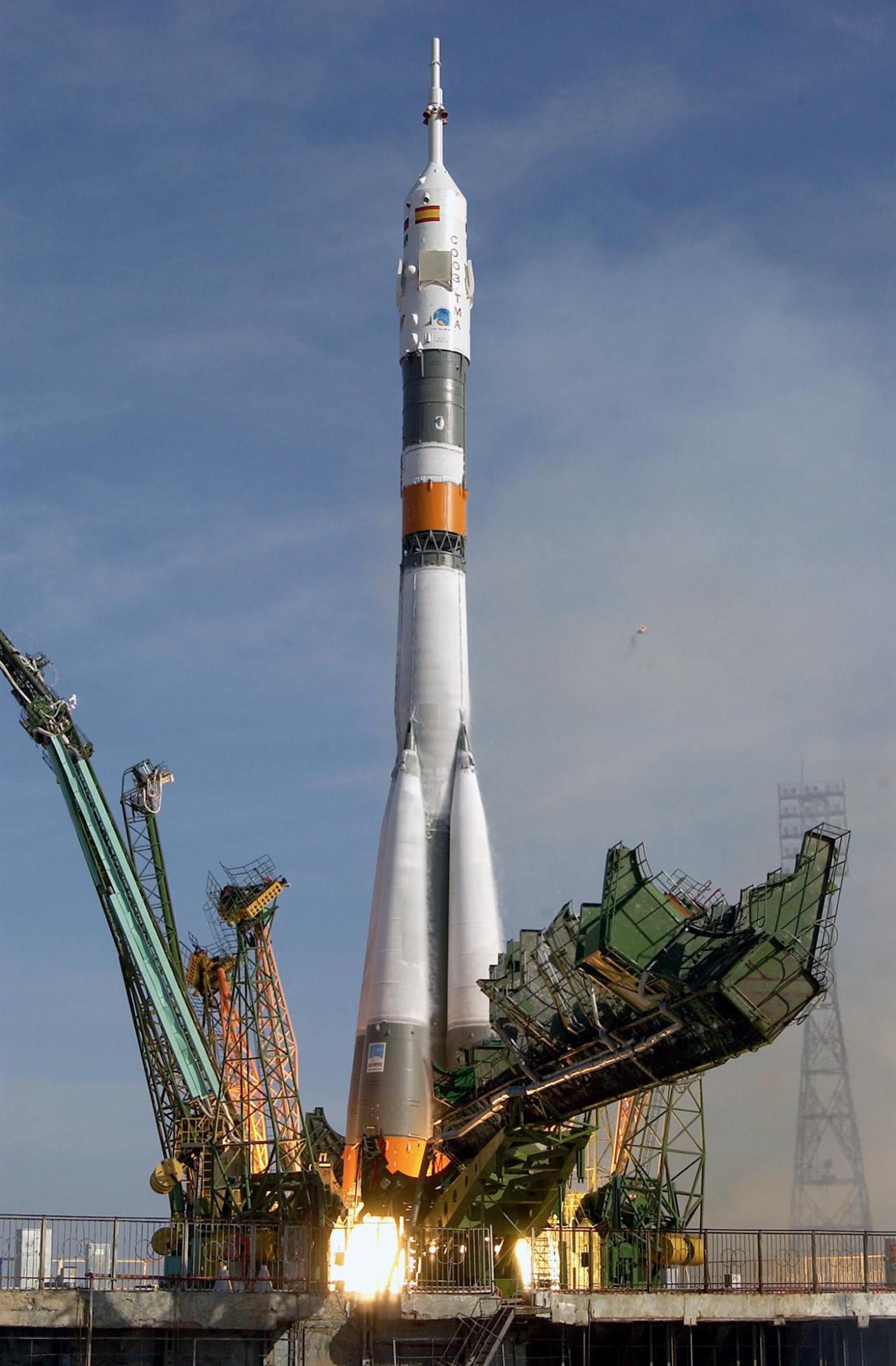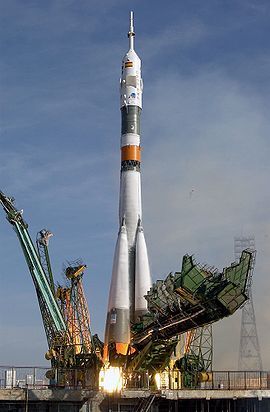Aleksandr Pavlovich Aleksandrov
Russian - (RFSA)
Retired
Date of Birth: Feb. 20, 1943
Age: 81
Aleksandr Pavlovich Aleksandrov (Russian: Александр Павлович Александров; born February 20, 1943) is a former Soviet cosmonaut and twice Hero of the Soviet Union (November 23, 1983, and December 29, 1987). He was selected as cosmonaut on December 1, 1978. For his first spaceflight, he flew as Flight Engineer on Soyuz T-9, which lasted from June to November 1983. For his second spaceflight, he replaced one of the long-duration crew members of Mir EO-2. For the spaceflight, he was launched with the spacecraft Soyuz TM-3 in July 1987, and landed with the same spacecraft in December 1987. All together he spent 309 days, 18 hours, 2 minutes in space. He served as backup for Soyuz T-8, Soyuz T-13, and Soyuz T-15.
Soyuz-U | Soyuz T-9
Russian Federal Space Agency (ROSCOSMOS) | RussiaBaikonur Cosmodrome, Republic of Kazakhstan
June 27, 1983, 9:12 a.m.
Status: Success
Mission:
Soyuz T-5 was the second long-duration expedition to the Salyut 7 space station. The mission began on June 27, 1983, 09:12:00 UTC, launching Commander Vladimir Lyakhov and Flight Engineer Aleksandr Aleksandrov into orbit. They docked with the station the next day. During their 150-day stay on the station, crew carried outd various scientific and medical experiments, performed two EVAs to install additional solar panels on the station, and were visited by 2 uncrewed cargo Progress vehicles. The mission concluded with a safe landing back on Earth on November 23, 1983, 19:58:00 UTC.
Low Earth OrbitSoyuz-U2 | Soyuz TM-3
Soviet Space Program | RussiaBaikonur Cosmodrome, Republic of Kazakhstan
July 22, 1987, 1:59 a.m.
Status: Success
Mission:
Soyuz TM-3 was the third mission to Mir space station. The mission began on July 22, 1987, 01:59:17 UTC, launching Commander Alexander Viktorenko, Flight Engineer Aleksandr Aleksandrov and Research Cosmonaut Muhammed Faris, the first Syrian cosmonaut, into orbit. They docked with Mir two days later. During their stay there, crew conducted Earth observation, medical and other scientific experiments. The mission concluded with a safe landing back on Earth on July 30, 1987, 01:04:12 UTC.
Low Earth OrbitThe Roscosmos State Corporation for Space Activities, commonly known as Roscosmos, is the governmental body responsible for the space science program of the Russian Federation and general aerospace research. Soyuz has many launch locations the Russian sites are Baikonur, Plesetsk and Vostochny however Ariane also purchases the vehicle and launches it from French Guiana.
Long March 7A
ChinaSat 4A
201 - Wenchang Space Launch Site, People's Republic of ChinaChinese communication geostationary satellite for unknown purposes.
Falcon 9
Starlink Group 10-5
Space Launch Complex 40 - Cape Canaveral, FL, USAA batch of 22 satellites for the Starlink mega-constellation - SpaceX's project for space-based Internet communication system.
Falcon 9
Transporter 11 (Dedicated SSO Rideshare)
Space Launch Complex 4E - Vandenberg SFB, CA, USADedicated rideshare flight to a sun-synchronous orbit with dozens of small microsatellites and nanosatellites for commercial and government customers.
Long March 4B
Yaogan 43 Group 01
Launch Complex 3 (LC-3/LA-1) - Xichang Satellite Launch Center, People's Republic of ChinaThe Yaogan 43 Group 01 is a group of Chinese military “remote sensing” satellites of unknown purposes.
SSLV
EOS-08/Microsat-2C
Satish Dhawan Space Centre First Launch Pad - Satish Dhawan Space Centre, IndiaEarth observation micro-satellite for ISRO designed to test new technologies for building an Earth observation satellite in a micro-satellite bus. Th…




